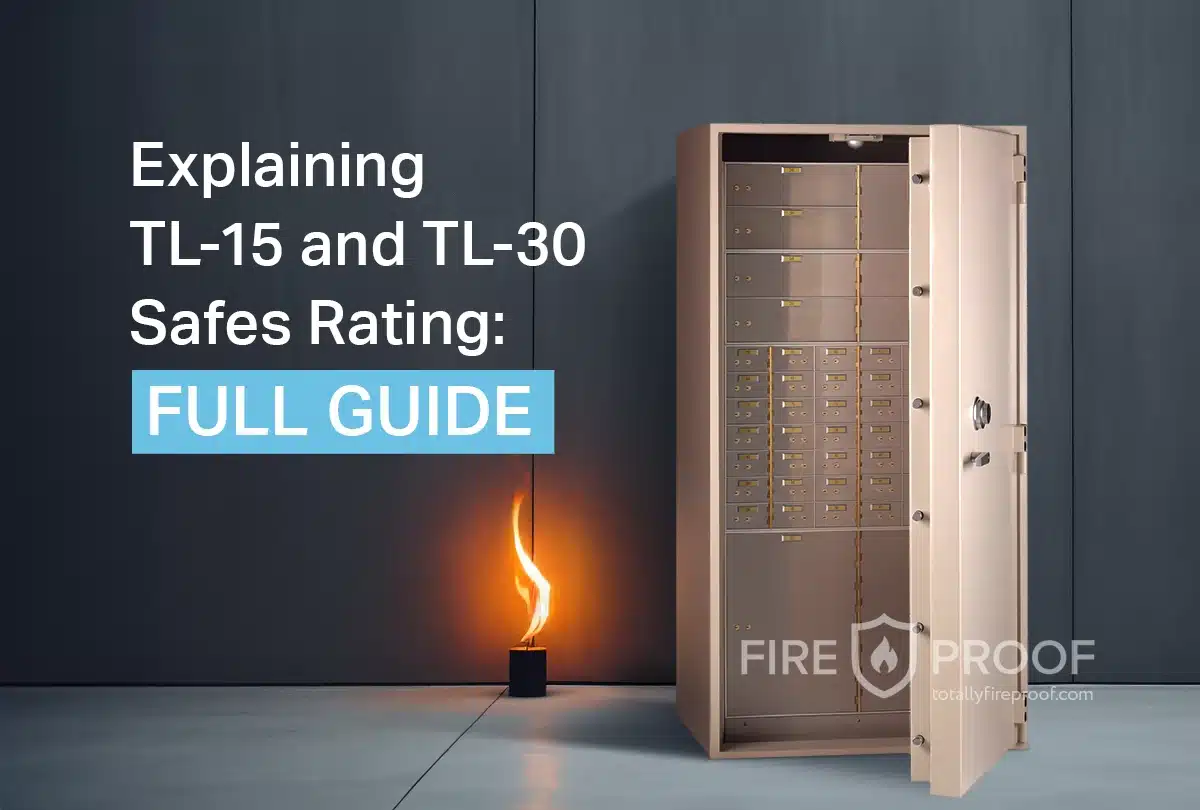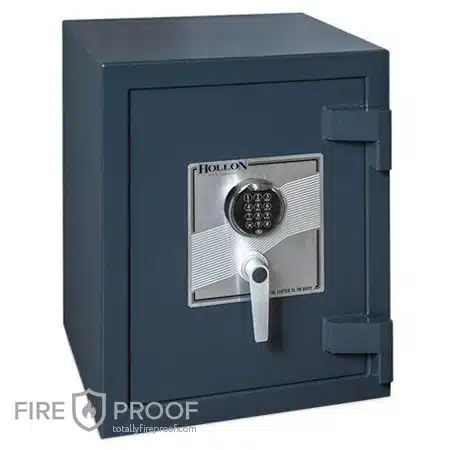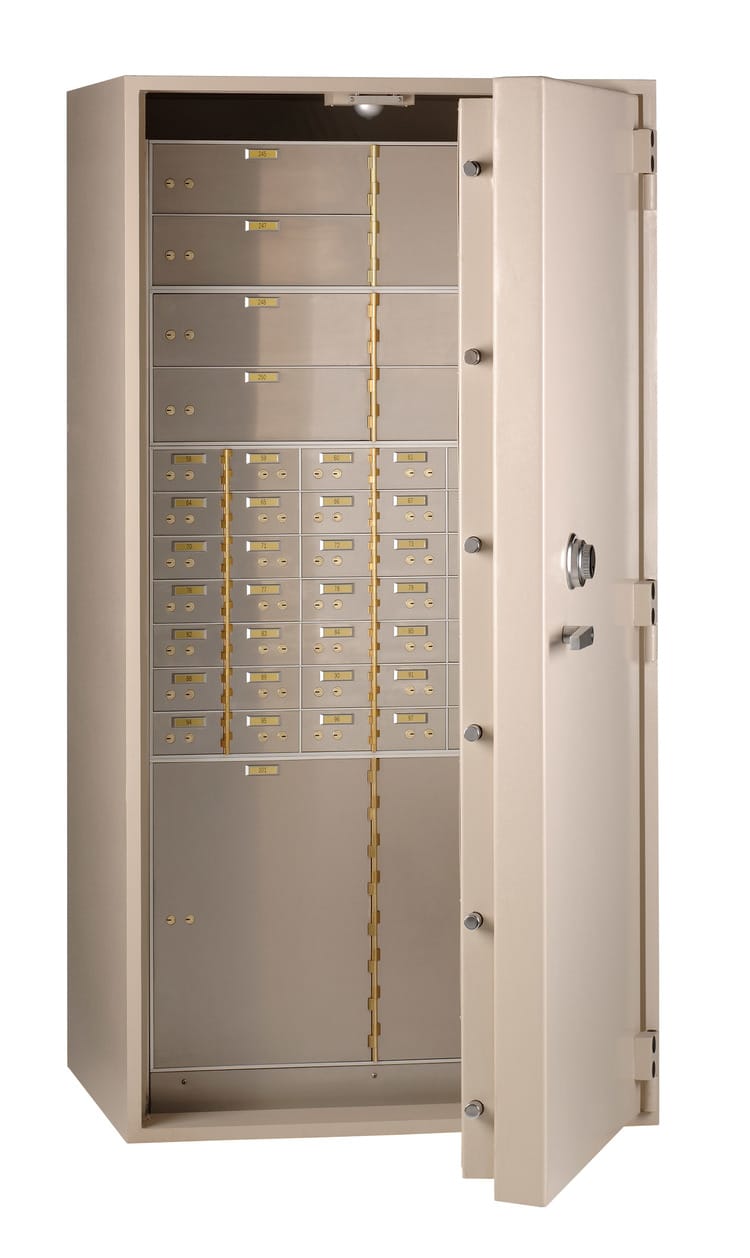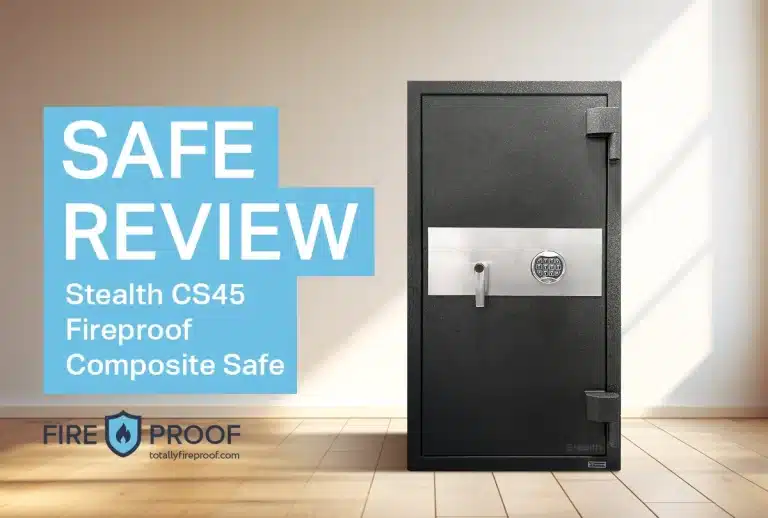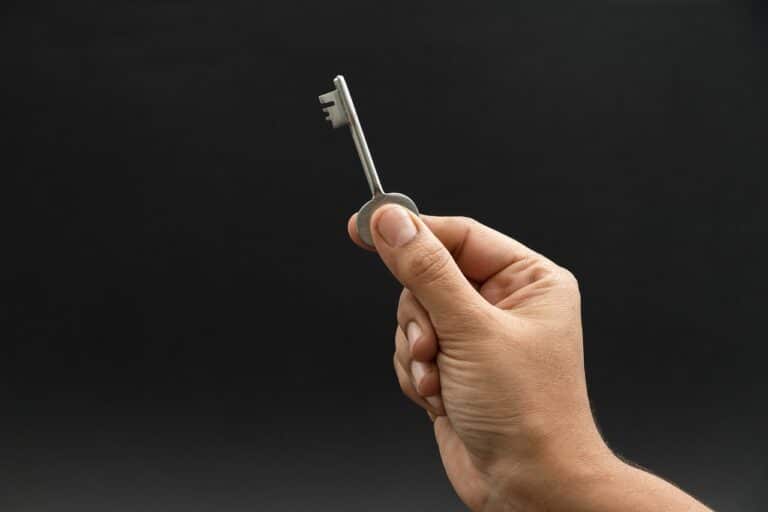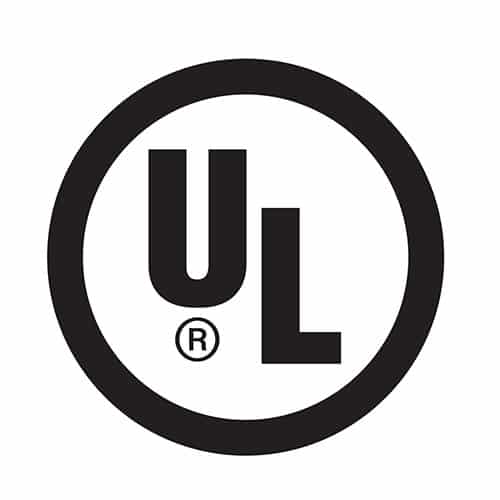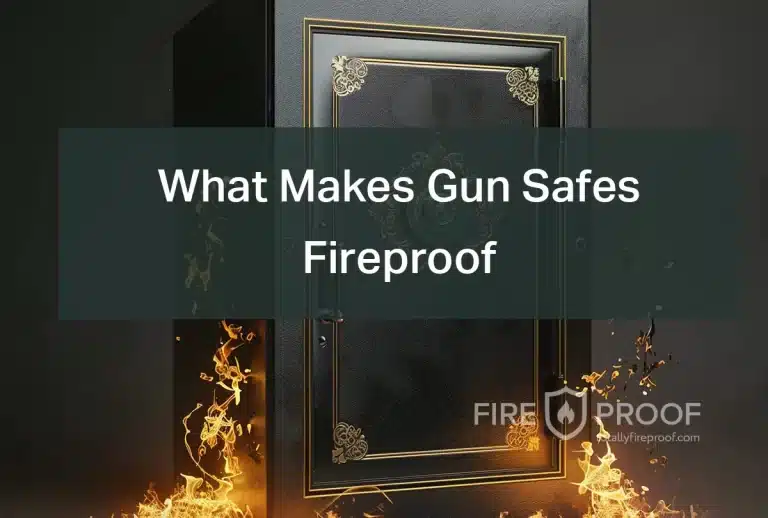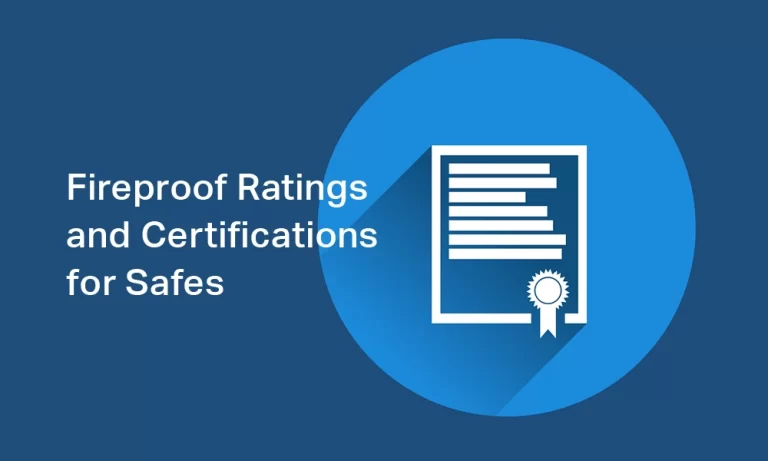Explaining TL-15 and TL-30 Safes Rating: Full Guide
Not every safe is on the same level. Some are just built different, literally. When it comes to top-tier security, TL-15 and TL-30 safes are the best you can realistically buy.
These aren’t your average safes, they focus on resilience against intense break-in attempts and they’re certified by the Underwriter’s Laboratory (UL). But what exactly are TL-15 and TL-30 safes? Why are they considered so secure?
We explain what TL-15 and TL-30 safes are in this guide. See if the TL series is what you need or if it’s too much.
What Is a TL Safe Rating?
TL stands for “Tool Resistant,” and the numbers 15 and 30 mean the number of minutes the safe can withstand an active break-in attempt by a perpetrator using common and specialized tools.
So A TL-15 safe is designed to resist a heavy focused attack for at least 15 minutes, while a TL-30 safe can withstand at least 30 minutes of intense attack. While this might seem underwhelming, don’t get discouraged.
Those 15 or 30 minutes are clocked only when tools are actively engaging the safe. In real life, an attack stretches much longer, factoring in the time to choose and apply tools, reposition the safe after each attempt. Then in the process of drilling one would have to keep examining the progress or the lack of it to adjust the approach. Cracking a TL safe is not easy by any means. It has been proven on practice multiple times.
What Makes TL Rated Safes So Secure?
The security of TL-rated safes is top notch, thanks to their exceptional construction, quality materials, security features and the thorough testing they undergo. These safes are made with a high concentration of steel and are designed to withstand a variety of attacks, from drilling and hammering to prying and chiseling. Thicker walls, advanced locking mechanisms, sophisticated design. They are not invisible, but it is close.
How Is the TL Rating Awarded and By Whom?
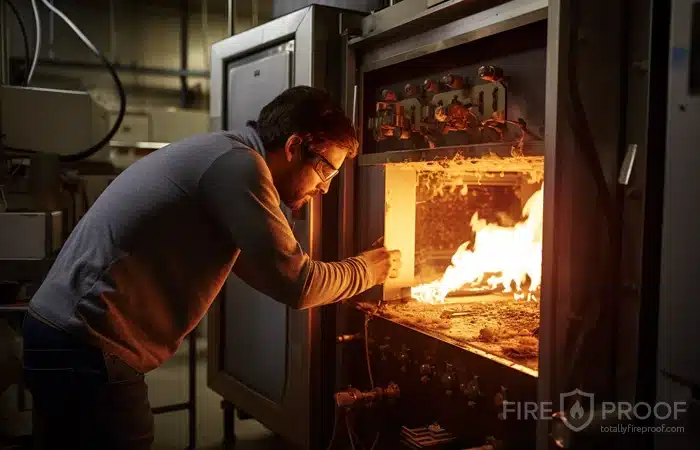
The TL rating is a certification awarded by Underwriter’s Laboratory (UL), a leading global safety certification company. They set the industry standards for safe security and are trusted by both manufacturers and customers. UL conducts a series of stringent tests that simulate real-world break-in attempts. Only safes that pass these rigorous tests are awarded the TL rating.
How TL Safes are Tested
UL’s testing procedures are pretty exhaustive and meticulous. A team of experts, armed with detailed blueprints and manufacturing details of the safe, conduct the tests. They use a variety of tools, from basic items like chisels and pry bars to advanced equipment like high-powered carbide drills. The safe must withstand these sophisticated attacks to earn its TL rating.
Your Guide for TL-15 Rated Safes
Construction Requirements for TL-15 Safes
The construction requirements for TL-15 safes are strict. First of all, they are typically made with a combination of high-strength steel and composite materials. The walls of all TL-15 safes must be made of material equivalent to at least 1-inch open hearth steel with a minimum tensile strength of 50,000 P.S.I.
They must also be fastened in a manner equivalent to a continuous ¼-inch penetration weld of open hearth steel with the same tensile strength.The walls and doors are reinforced to resist drilling, prying, and other forms of attack.
Performance Testing for TL-15
The TL-15 rating is awarded only after the safe has passed a series of performance tests conducted by Underwriter’s Laboratory (UL). During these tests, a team of experts uses a variety of hand tools, including hammers, chisels, and drills, to attempt to breach the safe. If the model stays intact for at least 15 minutes of such concentrated attack it earns its TL-15 rating. These tests are designed to simulate real-world scenarios.
Weight and Dimensions of TL-15 Safes
The minimum weight requirement for a TL-15 safe is at least 750 pounds. Alternatively, the safe must have the ability to be anchored in one of the following ways:
- Within a larger safe
- To concrete blocks
- On the premises where the safe will be used, such as bolting to a concrete floor or wall.
The dimensions can vary, but most TL-15 safes are designed to be spacious enough to accommodate a variety of items while still being compact enough to fit in most settings. The heavy weight is not just a byproduct of its construction; it’s also a security feature, making it difficult for burglars to simply carry the safe away.
Security Features of TL-15 Safes
- Less Weak Points. TL-15 safes eliminate vulnerabilities with uniform resistance, integrating anti-pry bars, internal re-lockers, and hardened plates against forced entry. Even hinges are designed to resist tampering, blocking easy access.
- High-Grade Steel. Constructed with a minimum of 1-inch thick, high-grade tensile steel, these safes offer superior resistance to drilling and cutting.
- Secure Locks Equipped with UL-listed locks, including Group 2M, Group 1, Group 1R combination locks, or type 1 electronic locks, TL-15 safes ensure top-notch security.
Who Buys TL-15 safes?
Commercial Use: Ideal for companies managing cash, confidential papers, or expensive stock, its durable build and break-in resistance are perfect for shops, offices, and warehouses. With the ability to hold off intruders for 15 minutes, it gives enough time for law enforcement response during a break-in.
Home Security: TL-15 safes also cater excellently to homeowners. Those with precious jewelry, critical documents, or guns will find the TL-15 safe a solid choice for safeguarding their valuables. Its more manageable size fits well in residential spaces, offering a security level that meets most home needs.
TL-30 Rated Safes Guide
What TL-30 Rating Means for Safes
A TL-30 rating takes security to the next level. Similar to its TL-15 counterpart, the “TL” in TL-30 stands for “Tool Resistant,” but the number 30 means that the safe can withstand a concentrated attack for a minimum of 30 minutes. So it is a significant step up in level of security.
Construction Requirements for TL-30
TL-30 safes set a higher bar in construction by using multiple layers of tough steel, composite materials, and additional barriers. With walls and doors frequently surpassing 1.5 inches in thickness, these safes are designed to defy drills, pry bars, and other intrusion methods.
Performance Testing for TL-30
The tests are more extensive than those for TL-15 safes and involve a team of experts using a wider range of tools, including high-powered drills and other specialized equipment. The safe must withstand at least 30 minutes of concentrated attack to earn its TL-30 rating.
Weight and Dimensions of TL-30 Safes
The minimum weight requirement for a TL-15 safe is at least 750 pounds. Alternatively, the safe must have the ability to be anchored in one of the following ways:
- Within a larger safe
- To concrete blocks
- On the premises where the safe will be used, such as bolting to a concrete floor or wall.
These safes often weight over 1,000 pounds. The sheer weight of a TL-30 safe makes it nearly impossible for burglars to move, let alone steal. The dimensions are also substantial, designed to offer enough storage space for a wide range of valuables.
Security Features of TL-30 Safes
- Weak Points Eliminated. TL-30 safes have advanced security measures like glass re-lockers, which trigger additional locking mechanisms if tampering is detected. Anti-pry bars, internal relockers, and additional hard plates are also standard features. The design focus is on uniform resistance across all sides, making it exceedingly difficult for burglars to gain entry.
- Steel Requirements. The steel used in TL-30 safes has a minimum thickness of 1.5 inches, but is is often exceeds that. It is also of a higher grade, often incorporating alloys for added tensile strength.
- Lock Requirements. The lock requirements for TL-30 safes are:
- UL listed combination lock that is rated Group 2M, 1, or 1R.
- Alternatively, the safe could have a Type 1 Electronic lock.
Who Should Buy a TL-30 Safe?
Commercial Advantage: Ideal for banks, jewelry stores, and data-sensitive firms, the TL-30’s ability to hold off break-ins for 30 minutes offers crucial response time for law enforcement. Moreover, businesses using TL-30 safes often receive favorable insurance rates due to the high security these safes guarantee.
Residential Security: TL-30 safes also serve homeowners who need best security for their valuable collections, cash, or vital documents.
Comparing TL-15 and TL-30 Safes
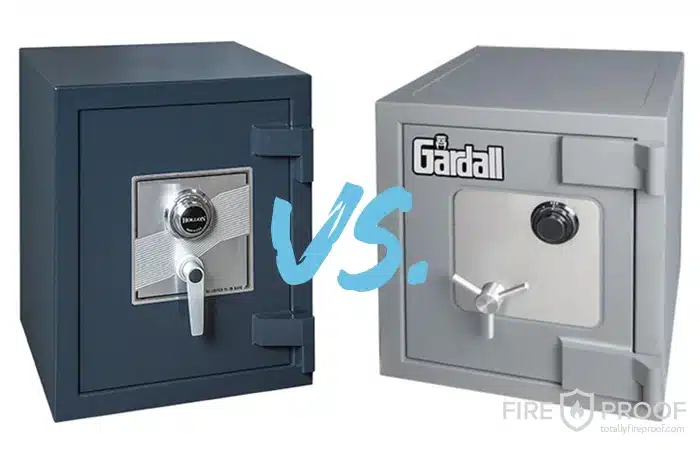
Security Level: TL-15 vs. TL-30
When it comes to choosing between a TL-15 and a TL-30 safe, the primary consideration is often the level of security. Both safes offer robust protection, but the TL-30 provides an additional 15 minutes of break-in resistance. This extended time can be crucial in high-stakes situations, making the TL-30 the preferred choice for those who require top-tier security.
Cost Considerations
While both TL-15 and TL-30 safes offer excellent security features, there is a noticeable difference in cost. TL-30 safes are generally more expensive due to their enhanced construction and the additional security features they offer.
Choosing between a TL-15 and a TL-30
The choice between a TL-15 and a TL-30 safe often comes down to your specific use-case. For businesses that handle moderate amounts of cash or valuables, a TL-15 may be sufficient. However, financial institutions, jewelry stores, or homeowners with extensive collections may find the added security of a TL-30 to be a necessary investment.
| Feature/Aspect | TL-15 Safes | TL-30 Safes |
|---|---|---|
| Security Level | High: Resistant to break-ins for up to 15 minutes | Higher: Resistant to break-ins for up to 30 minutes |
| Construction | Strong: Often made with a single layer of high-strength steel | Stronger: Usually made with multiple layers of high-strength steel and composites |
| Performance Testing | Must pass UL tests for 15-minute resistance | Must pass more rigorous UL tests for 30-minute resistance |
| Weak Points | Few: Design focuses on eliminating common weak points | Fewer: Advanced design further eliminates weak points |
| Steel Requirements | High: Usually around 1-inch thickness | Higher: Often exceeds 1.5-inch thickness |
| Commercial Use | Suitable for businesses with moderate security needs | Ideal for high-security needs like financial institutions and jewelry stores |
| Residential Use | Good for valuable collections and important documents | Best for extensive collections and high-value items |
| Weight & Dimensions | Heavy (minimum 750 lbs) and sizable, but generally smaller than TL-30 safes | Heavier and larger, with a minimum weight requirement of 750 lbs |
| Lock Options | Multiple options including mechanical and electronic locks | Wider range of high-security lock options including biometric and redundant locks |
| Cost | Generally less expensive | More expensive due to enhanced features |
| Fire Rating | Often available with fire-resistant features | Commonly available with higher fire-resistant ratings |
| Alarm Features | Available in some models | More likely to have advanced alarm features |
Other Safe Classifications
While TL-15 and TL-30 safes are popular choices for their obvious security features, they are not the only options available. There are several other classifications that offer varying levels of protection:
- TRTL 30: This classification stands for “Torch and Tool Resistant for up to 30 Minutes.” These safes are designed to withstand not just tool attacks but also attacks using torches, offering an added layer of security.
- TRTL 30×6: Taking it a step further, these safes are Torch and Tool Resistant for up to 30 minutes on all six sides. This means that the safe offers uniform protection, whether an attacker tries to breach it from the front, back, sides, top, or bottom.
- TXTL: This is the pinnacle of safe security classifications. TXTL stands for “Torch, Explosives, and Tool-Resistive.” These safes are designed to withstand a range of attacks, including those using explosives, making them the ultimate choice for those who require the highest level of security.
Additional Features
Fire Ratings in TL Safes

While TL-rated safes are primarily designed for their resistance to break-in attempts, many also come with fire-resistant capabilities. These safes have a separate fire rating.
Alarmed TL Safes: An Extra Layer of Security
Some TL safes come equipped with alarm systems for added security. These alarms can be triggered by unauthorized access attempts, tampering, or even tilting of the safe.
Conclusion
TL-15 and TL-30 safes offer superb protection for both businesses and homes, justifying their higher price with advanced security. You can go even further by selecting a TRTL and TXTL model. Additional features like fireproofing and alarms are also worth considering.
FAQ:
- How are TL ratings determined? TL ratings are awarded by Underwriters Laboratories (UL) after rigorous testing, which involves attempting to breach the safe using various tools within a set time-frame.
- Is a TL-30 safe twice as secure as a TL-15 safe? Not necessarily. While a TL-30 safe offers an additional 15 minutes of break-in resistance, other factors like construction materials and lock types also contribute to the safe’s overall security.
- Can I install a TL-rated safe myself? Due to their weight and complexity, professional installation is generally recommended for TL-rated safes.
- Are TL-rated safes also fire-resistant? Many TL-rated safes come with fire-resistant features, but it’s essential to check the specific fire rating to ensure it meets your needs.

